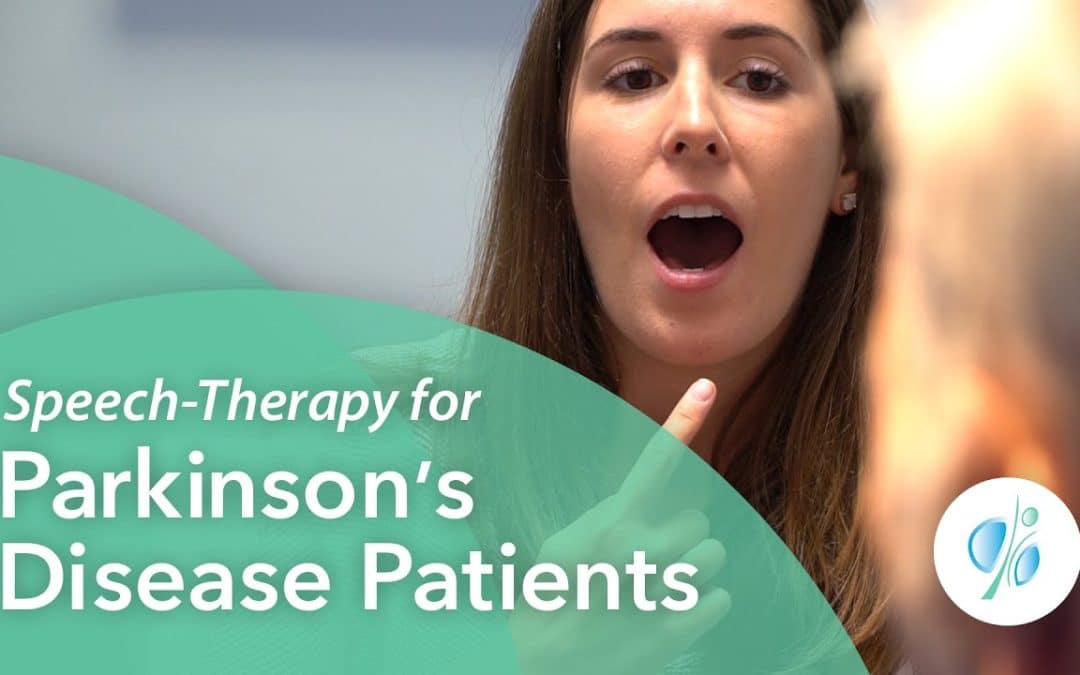Swallow and Speech Therapy for Parkinson’s
Parkinson’s disease (PD) is a progressive neurodegenerative disorder that affects movement, balance, and coordination. One of the lesser-known symptoms of PD is dysphagia, or difficulty swallowing, which can lead to serious complications such as malnutrition, dehydration, and pneumonia. Speech and swallow therapy is an essential component of the comprehensive management of PD patients, helping to maintain their quality of life and reducing the risk of complications.
The prevalence of dysphagia in PD is estimated to be as high as 95% in advanced stages of the disease, and up to 50% in early stages. Dysphagia in PD occurs due to the degeneration of the basal ganglia, a region of the brain that plays a critical role in the control of swallowing. The impairment of the swallowing mechanism can result in reduced oral sensation, delayed swallowing initiation, and reduced pharyngeal contraction, leading to food or liquid entering the lungs instead of the stomach, a condition called aspiration. Swallow and speech therapy for Parkinson’s go step by step un the swallowing process to prevent aspiration pneumonia.
Aspiration can lead to pneumonia, which is a leading cause of death in PD patients. Additionally, dysphagia can lead
to reduced food intake, dehydration, and malnutrition, which can further impair the patient’s health and well-being. Thus, it is important to identify and manage dysphagia in PD patients as early as possible. Dysphagia is part of the issues addressed during Speech therapy for Parkinson’s patients.
Swallow and speech therapy for Parkinson’s patients involves a range of techniques aimed at improving the coordination and strength of the muscles involved in swallowing. These techniques can be grouped into three main categories: compensatory strategies, rehabilitative exercises, and behavioral modifications.
Compensatory strategies involve modifications to the texture, volume, and consistency of food and liquids to make them easier to swallow. For example, patients may be advised to eat softer foods, avoid spicy or acidic foods, a
nd thicken liquids to reduce the risk of aspiration. Patients may also be taught specific techniques, such as the chin tuck maneuver, which involves tucking the chin to the chest while swallowing, to help prevent aspiration. Swallow and speech therapy for Parkinson’s can provide compensatory strategies.
Rehabilitative exercises focus on improving the strength and coordination of the muscles involved in swallowing. These exercises may include tongue and lip exercises, exercises to improve the range of motion of the jaw and tongue, and exercises to improve the strength of the muscles that close the esophagus. The goal of these exercises is to improve the patient’s ability to swallow safely and efficiently. Swallow and speech therapy for Parkinson’s involves a carefully thought out care plan created by our expert Speech therapists.
Behavioral modifications involve changes to the patient’s eating and drinking habits to reduce the risk of aspiration. For example, patients may be advised to take smaller bites, chew their food thoroughly, and take frequent sips of water to help move food and liquid through the digestive system. Patients may also be advised to avoid eating or drinking while lying down or immediately before bedtime, as this reduces the risk of aspiration. Swallow and speech Therapy for Parkinson’s would review such behavior modifications.
Our senior care team offers services in safe and professional manner. As a home care company, we are a caring community of experts in assisting seniors with aging at home with comfort and grace. Our compassionate team members relate to each of our patients on a personal level. We believe that independence is something that should be maximized through home care not eliminated by putting your loved one in an assisted living facility or nursing home. We are able to accomplish this mission by providing in-home physical, occupational, and speech therapy.


